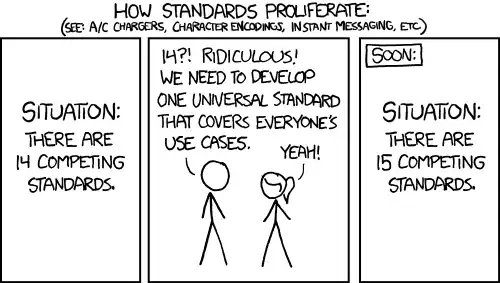There are several answers to this question.
Rapidity is not taught from the outset in introductory physics classes in part because it would unnecessarily confuse students, and besides, you only need to worry about it when you are dealing with relativistic speeds (or precise-enough measurements that can detect relativistic effects). But there are other reasons, too.
Even when working in SR (special relativity), rapidity is not as useful or (in some sense) as fundamental as velocity. It's true that, in SR, for relative motion in 1D, one simply adds rapidities. But what if you want to know the position of an object after a certain amount of time has elapsed (given its initial position)? For that, you'll need a velocity.
Even then, in most cases in which rapidity would come in handy, it is better to deal with momentum (or 4-momentum), since this is what is actually conserved. This is connected with rapidity very simply: the 3-momentum is a vector pointing in the direction of motion, with a magnitude equal to the rest mass times the rapidity (and the time-component of the 4-momentum is the total relativistic energy).
Also, generally, practicing physics is the art of keeping things as simple as possible. Life is complicated enough. There is no reason to introduce relativity, quantum mechanics, warped spacetime, etc etc, if you don't really need to.
Finally, historically, Einstein's special relativity, Lorentz transforms, Minkowski spacetime, etc, were developed long after Galilean relativity and Newtonian mechanics. In most physics courses it makes sense to pursue a pedagogical track that more-or-less follows the historical development because then students can see how the accumulation of evidence and lines of reasoning led, historically, to improvements on what came before. Physics, like all sciences, does not arise from pure reasoning from a set of postulates handed down on stone tablets. It is important that students understand that the theory of SR arose out a failure of classical physics (Newton + Maxwell) that led to contradictions that needed to be resolved.
